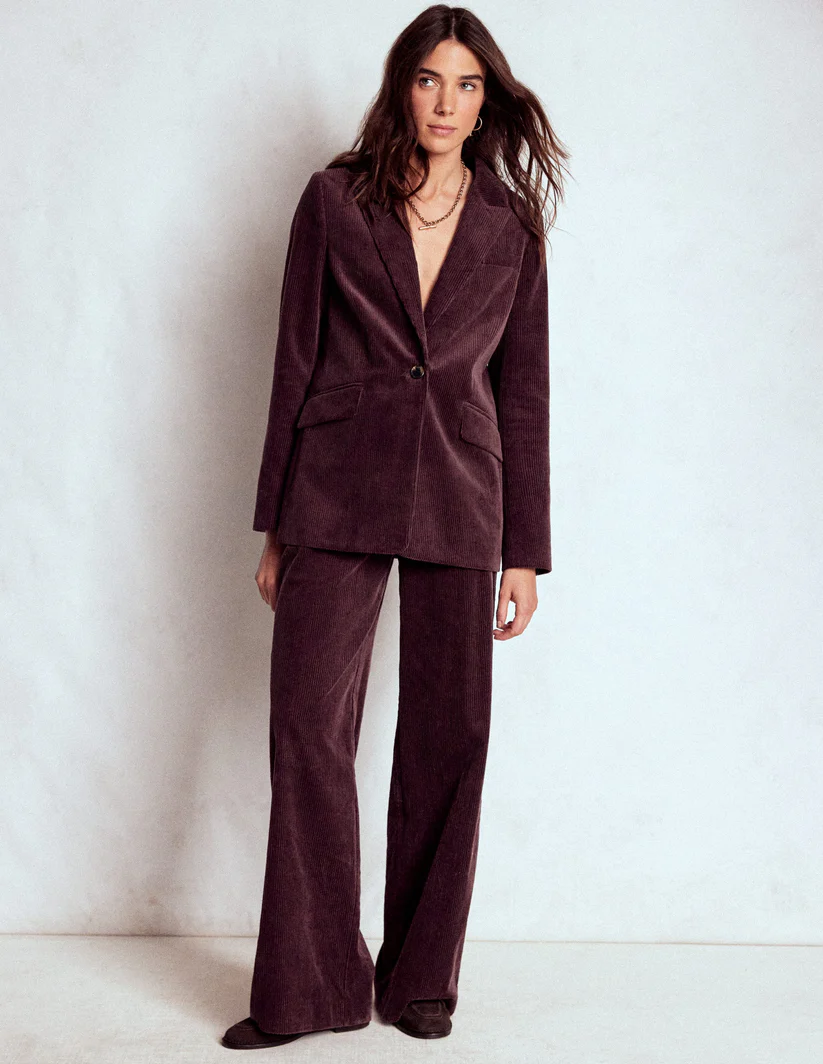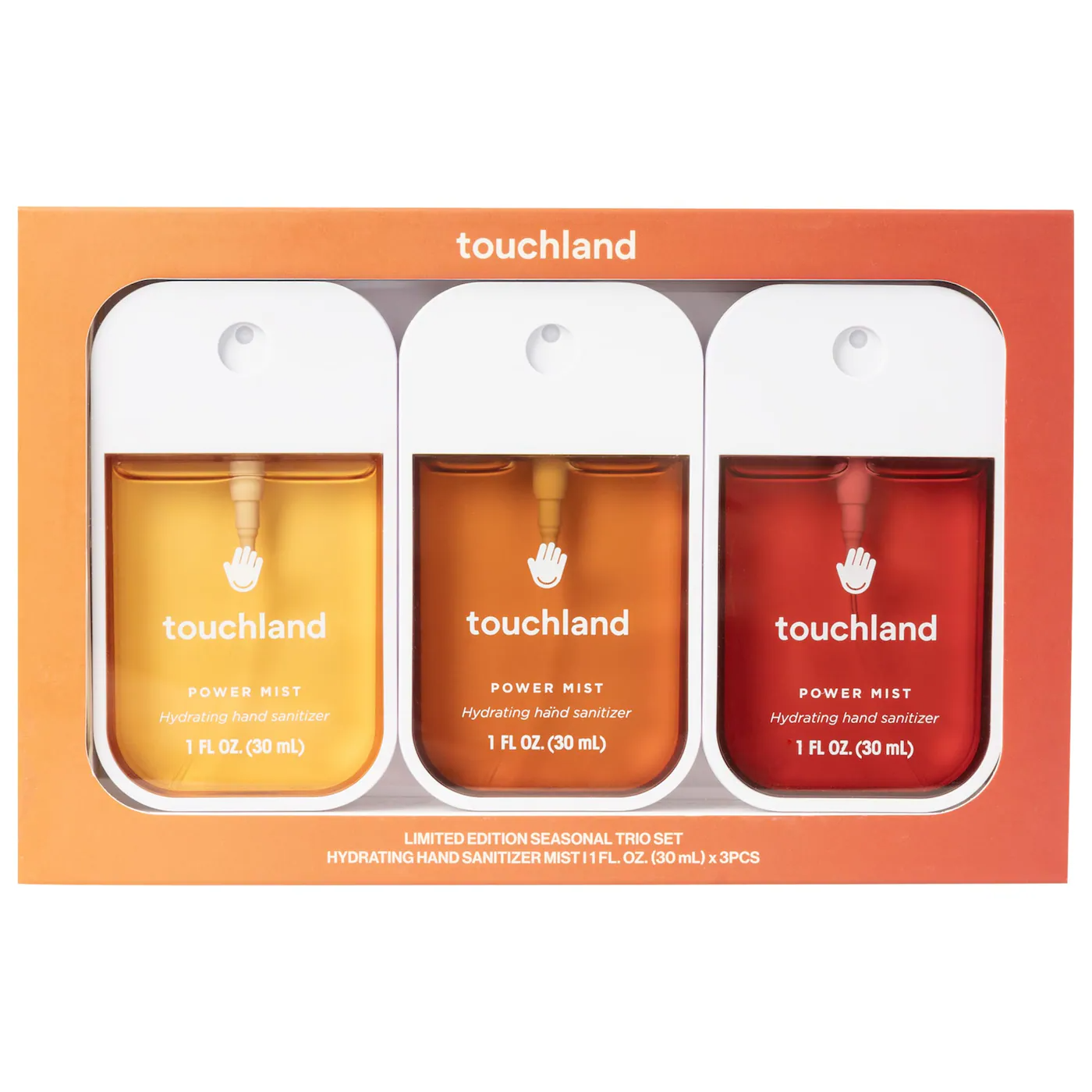
Who What Wear Curates is a new franchise that sees Who What Wear’s shopping editor, Joy Montgomery, join forces with some of the industry’s coolest vintage brands to show you that secondhand does not have to mean second best. This series will give you exclusive previews of sell-out pre-loved drops before they are open to the public, and Joy will be hand-selecting her favourite pieces and showing you how to wear them for the season ahead. Prepare to get clicking because they won’t stick around for long.
As a lifelong secondhand shopper, I am all too aware of the elitism and inaccessibility that the vintage industry can sometimes fall prey to. While it’s great that vintage is gaining momentum and getting the recognition it deserves, there’s a risk that it becomes a sort of art form reserved for fashion students, magazine editors, and those with a predilection for a quirky, retro aesthetic. If secondhand is to become mainstream (which I believe it should), it needs to be accessible to everyone, just like the big-name high-street stores. Enter, One Scoop Store.
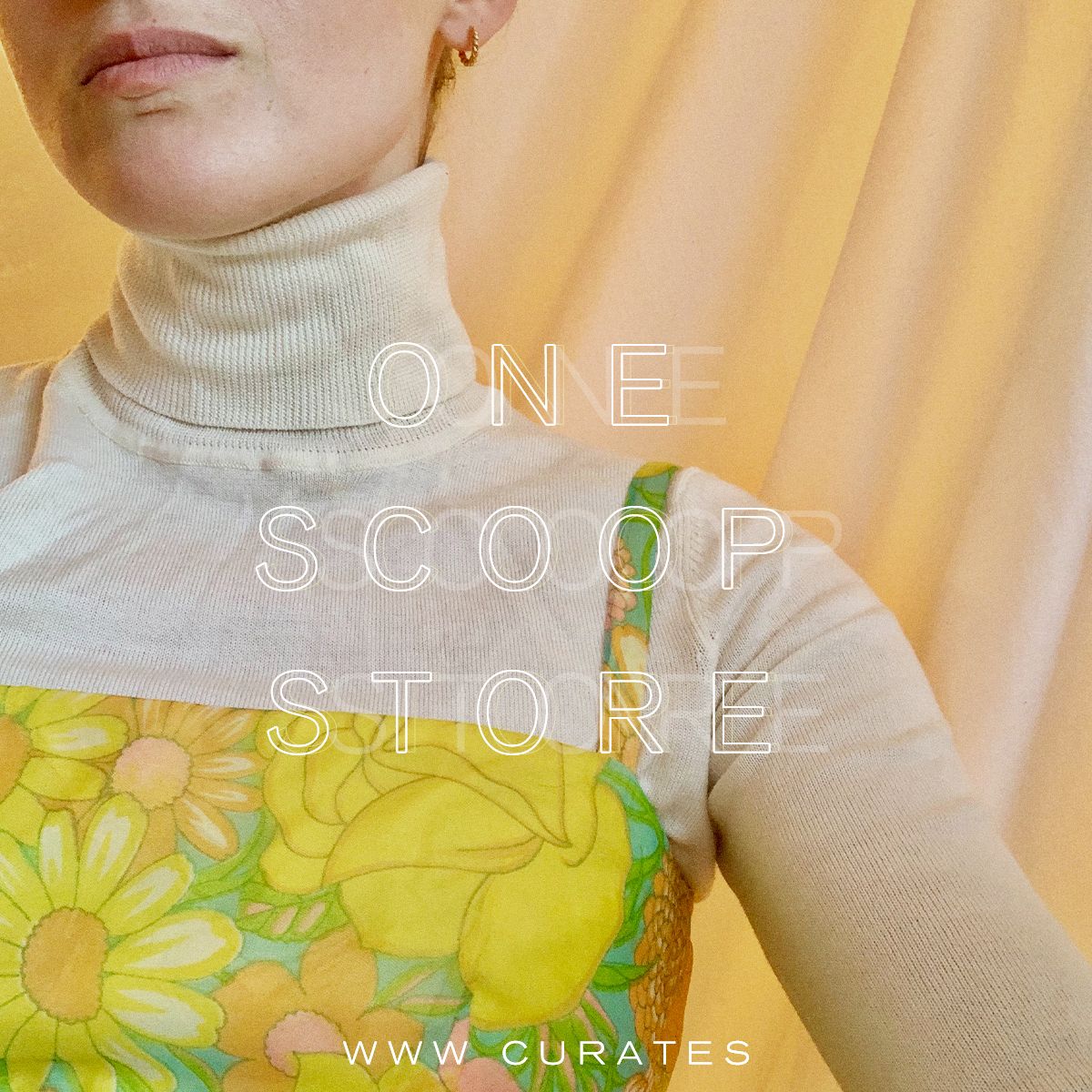
After a recommendation from a fellow fashion journo, I started following the brand’s feed last year and was instantly won over by the sheer variety on offer. It’s fair to say that it’s probably one of the industry’s worst-kept secrets (its follower count currently stands at 23.8k) for bagging a fashion bargain, and I was more than happy to join the adoring ranks. On top of this, last month, One Scoop Store joined forces with British fashion powerhouse Selfridges to create a secondhand pop-up as part of its Project Earth campaign. If this isn’t a sign of things to come, then I don’t know what is.
Covering everything from high street and designer to unique vintage finds, Holly, the brains behind the operation, regularly drops new pieces on the One Scoop Store site but reserves particular gems for the Instagram feed. To nab one of these, you had better put on your alerts because they are typically snapped up within seconds—and I mean seconds.
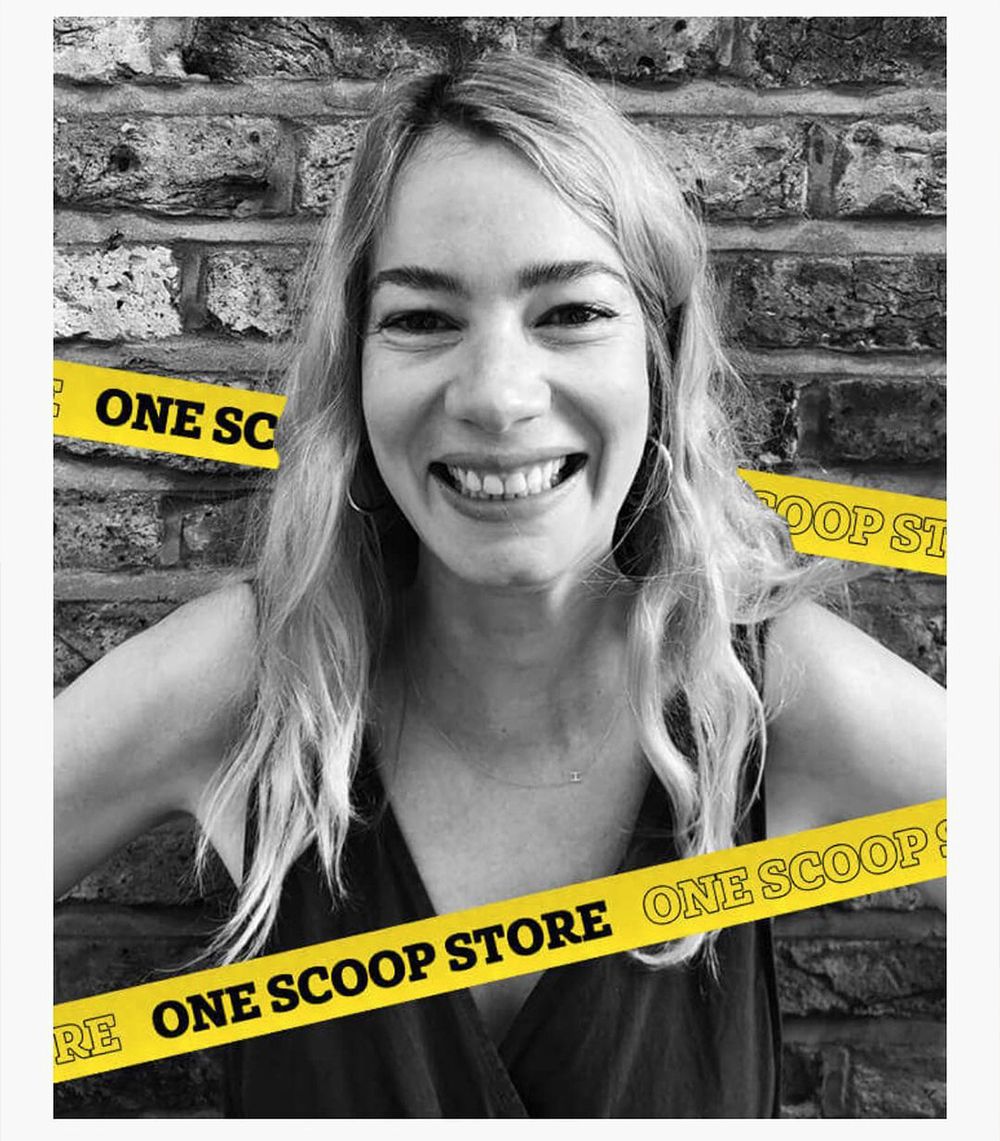
Holly got in touch with me a few months ago after seeing my Retold vintage story and suggested that we join forces, and of course, I jumped at the chance. I wanted to create a secondhand edit that reflected Holly’s multifaceted approach to sourcing secondhand fashion, and as you’ll see, I have included both overtly “vintage” pieces—for example, a ’70s floral-print maxi—alongside more contemporary buys such as a lust-worthy Cecilie Bahnsen midi dress (yours for only £325). In summary? If you’re new to the world of secondhand shopping, this is most definitely the place to start.
I caught up with Holly to find out what inspired her to create the brand and her top tips for shopping secondhand. Plus, scroll down to see and shop my edit of her latest drop, which will be available at 6 p.m. on Saturday, November 14.
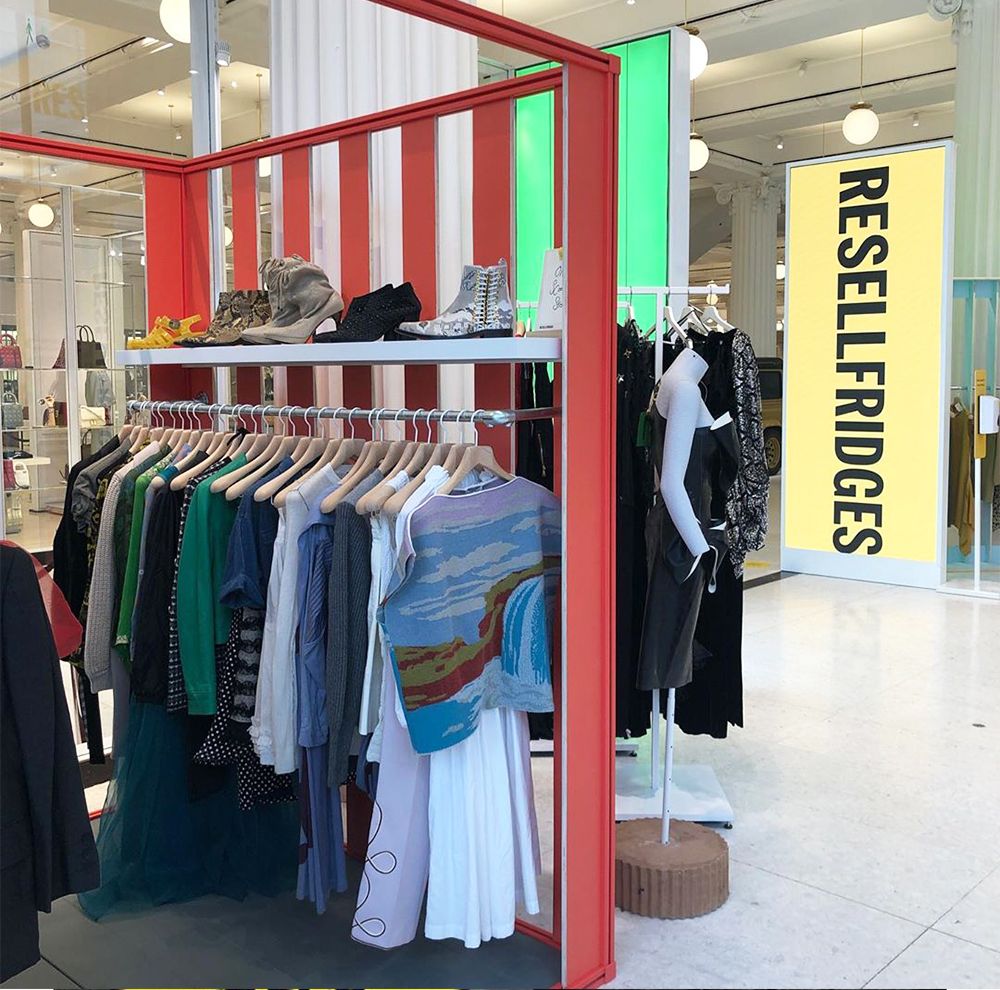
What inspired you to set-up One Scoop Store?
“I’ve been selling secondhand clothing since I was a teenager—it all started with a 20p sheepskin coat from a jumble sale, which I then sold for £25! At 14 years old, I officially caught the thrifting bug. I’ve always loved finding things no one else has and searching for pieces with a history. After university, I worked in fashion for 15 years whilst selling pieces on eBay and market stalls at the weekends. Then, when I was on maternity leave three years ago, I began the One Scoop Instagram. Within six months, I had launched the website and, a year later, opened the Dalston store. Last month, I had a pop-up in Selfridges, so it’s been a mad couple of years!”
You sell a mix of vintage pieces and newer secondhand buys. Was this a conscious decision?
“Yes, mainly to ensure I could offer an affordable edit. I do think that in order to encourage a wider audience to vintage and secondhand we need to make it affordable for all budgets. Personally, I don’t wear top-to-toe vintage or designer, so the range reflects my personal taste as much as anything else. I just like to find and sell beautiful pieces, whether they are vintage, designer, or high street. From a sustainability angle, I think it’s important to encourage the secondhand high-street market in particular, as it’s the area where we are overconsuming, and extending the life cycle of these pieces will make the biggest positive impact on the environment.”
What are your top tips for shopping secondhand?
Secondhand shopping does tend to take a bit more time, but if you have a wish list, it makes it easier to skim the rails. I always look for interesting prints and natural fabrics such as silk, cotton, wool, and leather. I also always check the men’s rail, as often there are some hidden gems. Also, bear in mind whether something can be fixed easily and cheaply. Often, you’ll find a great pair of jeans which has made it to the charity shop because of a broken zip, which is an easy fix at any dry-cleaner.
How do you think pre-loved clothing can become more incorporated into the mainstream fashion market?
“For Selfridges to have given secondhand clothing space in the store last month was an incredible step forward and just shows how the market is growing and gaining momentum. In the 20 years I’ve been selling, there has never been better options to buy IRL and online. I do think there’s a lot of work to do still, but attitudes are changing for sure, and people who would have never considered buying secondhand are now having their minds changed.
“I believe we just need to ensure we don’t make it too expensive to appeal to a wider audience. There’s definitely been a gentrification of vintage, which we need to try to avoid. The younger generation is all over this (just see Depop’s results for proof), so we need to ensure they find it accessible. It’s a very exciting time to be in this market, and I can’t wait to see what happens next. The big retailers are all jumping on board, so this is definitely just the beginning!”

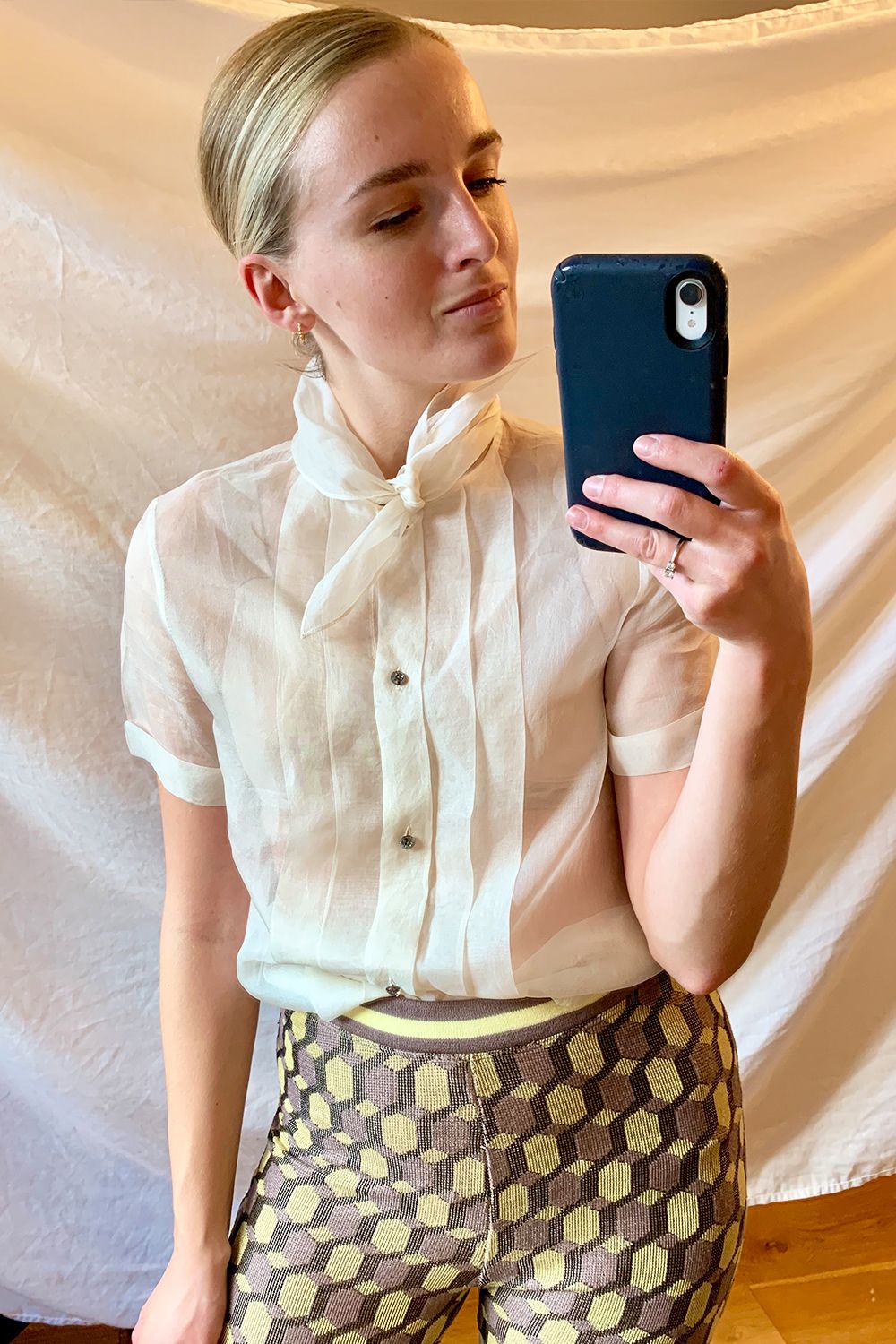
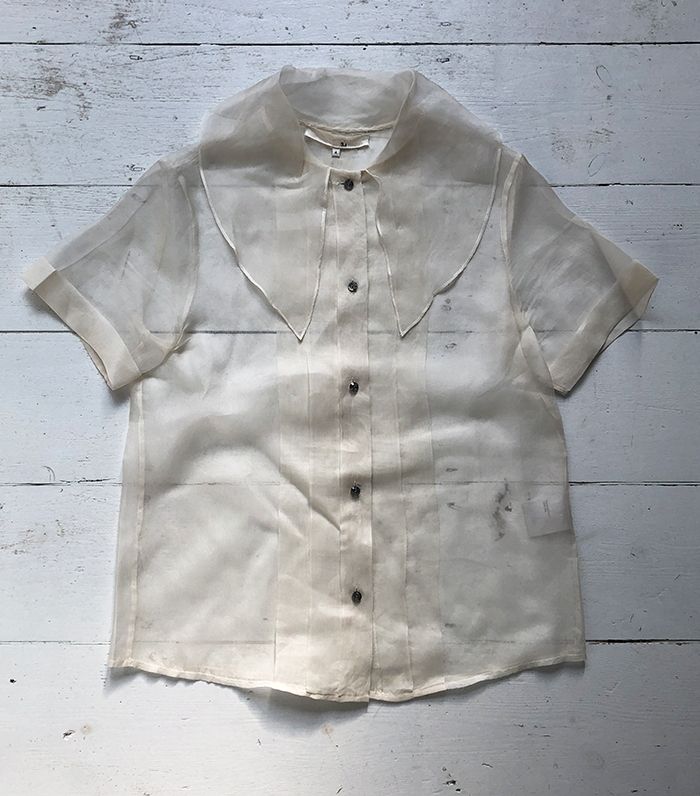

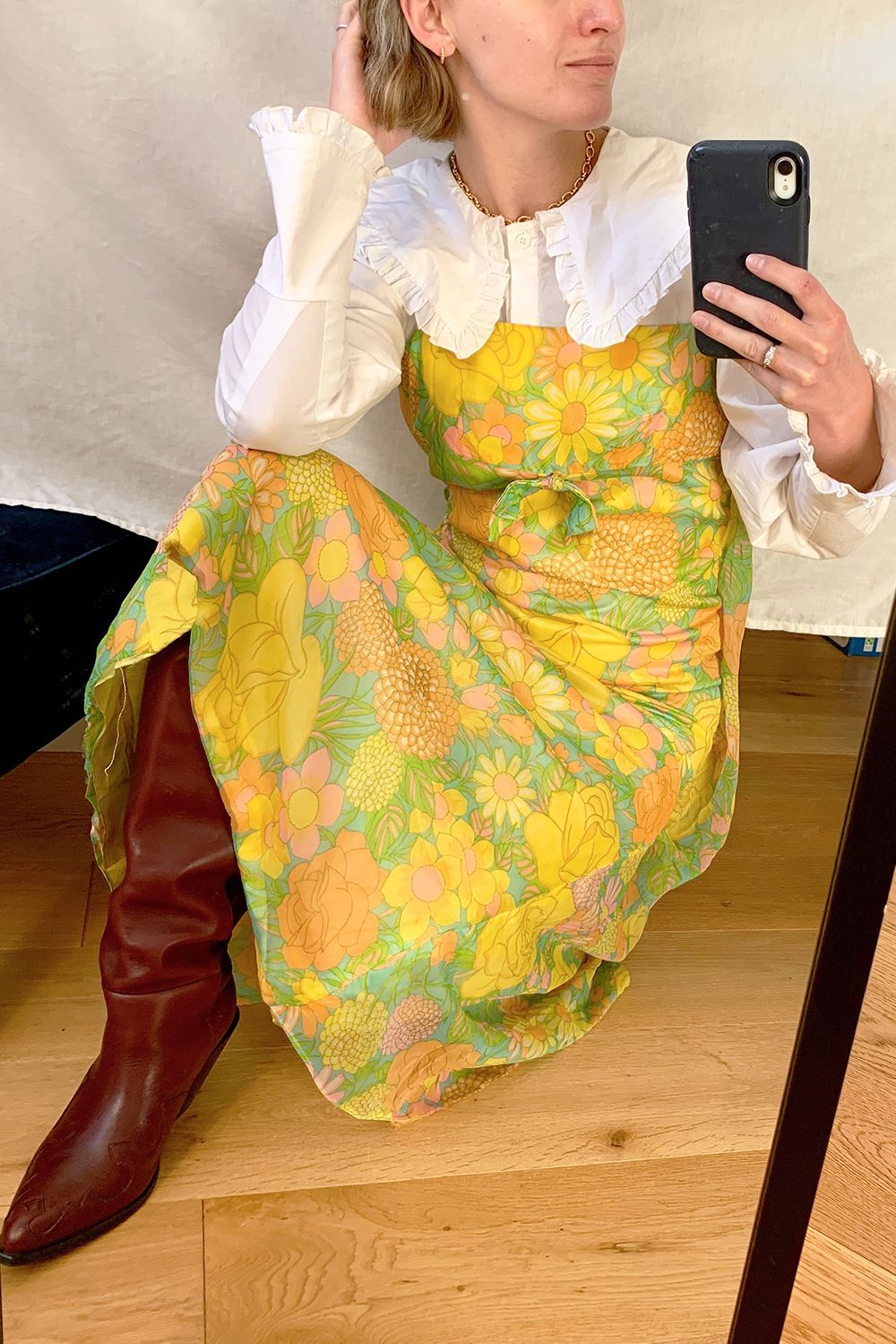
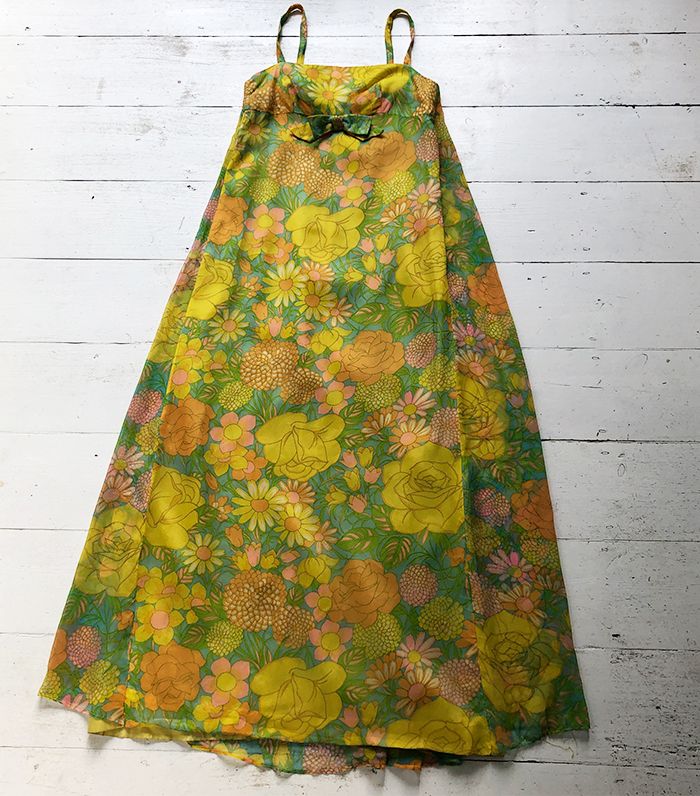

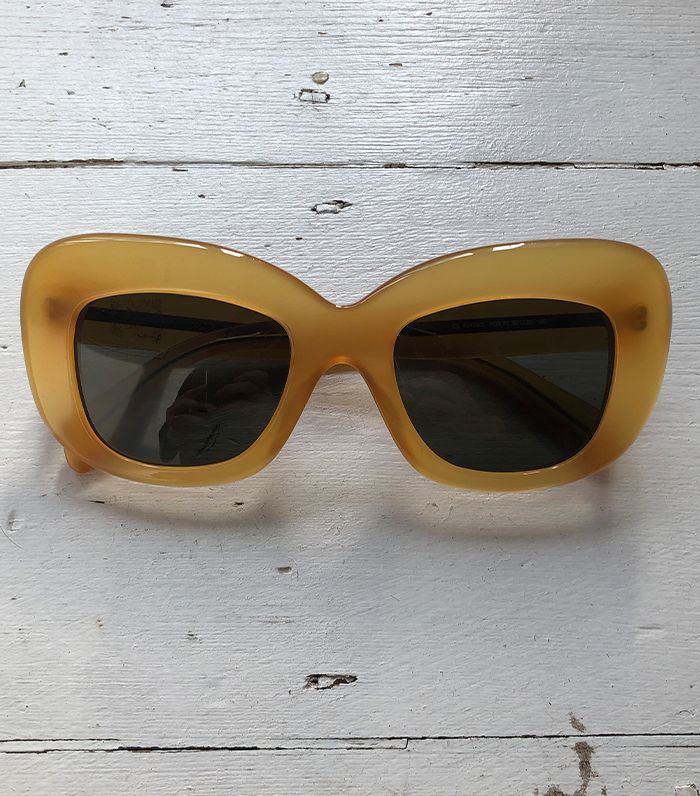

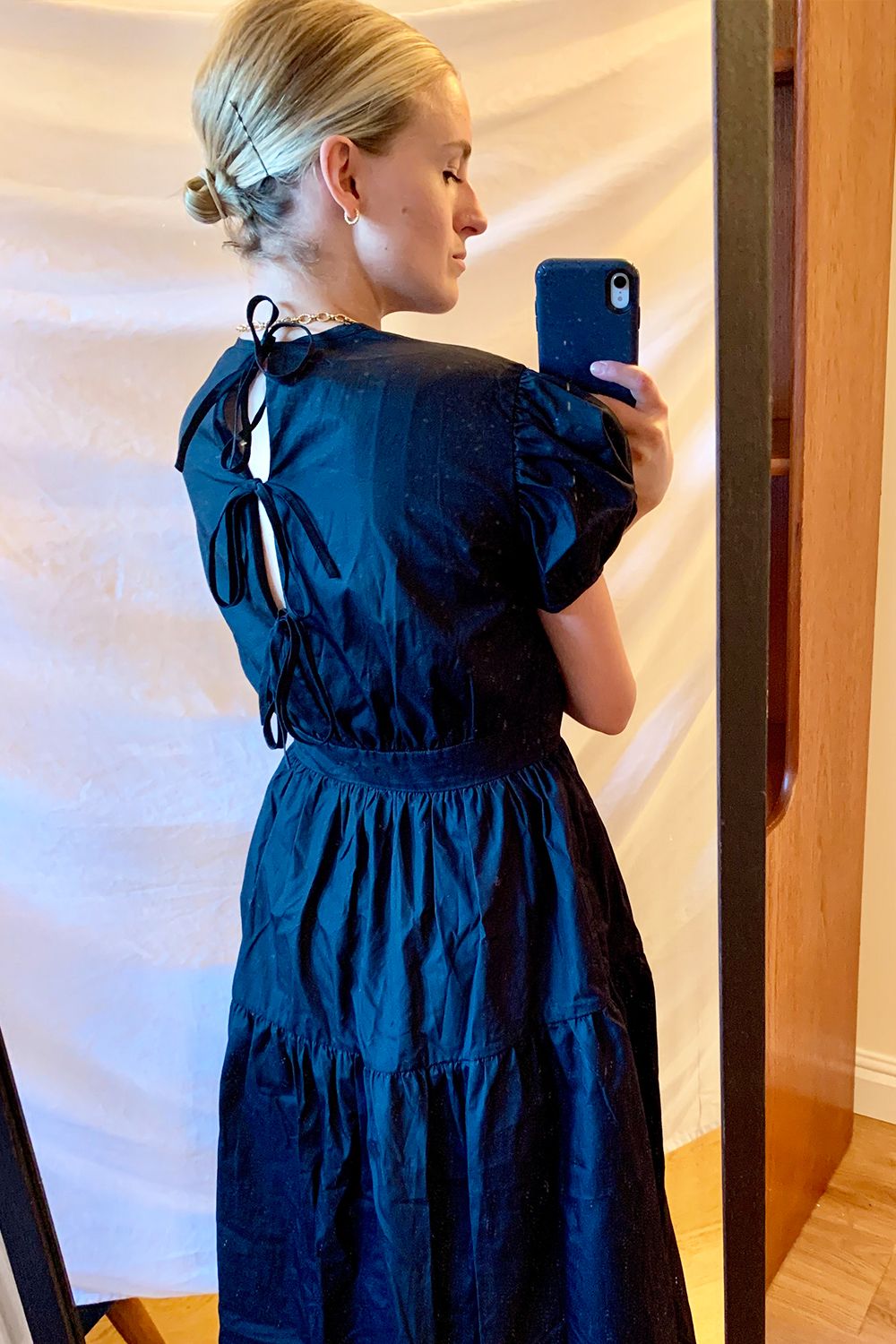
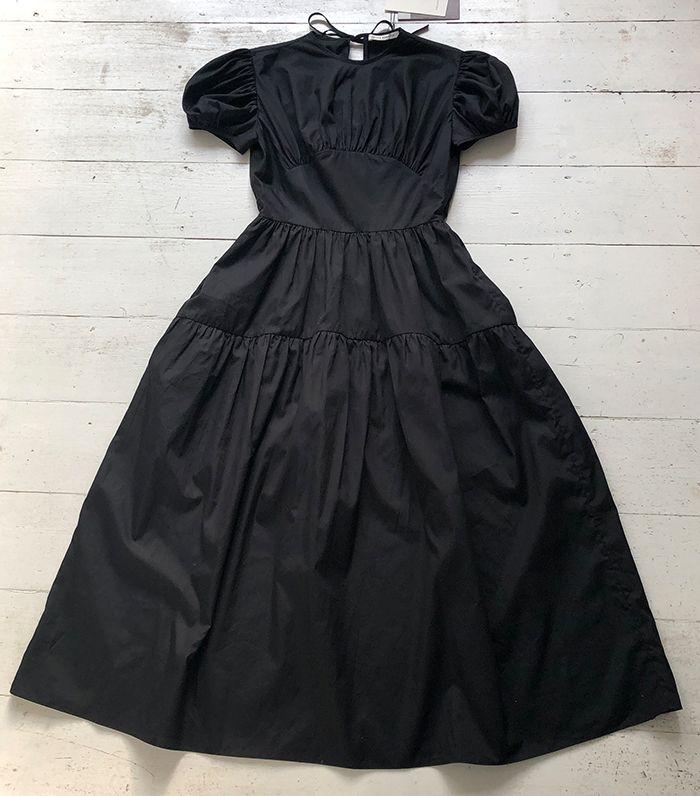
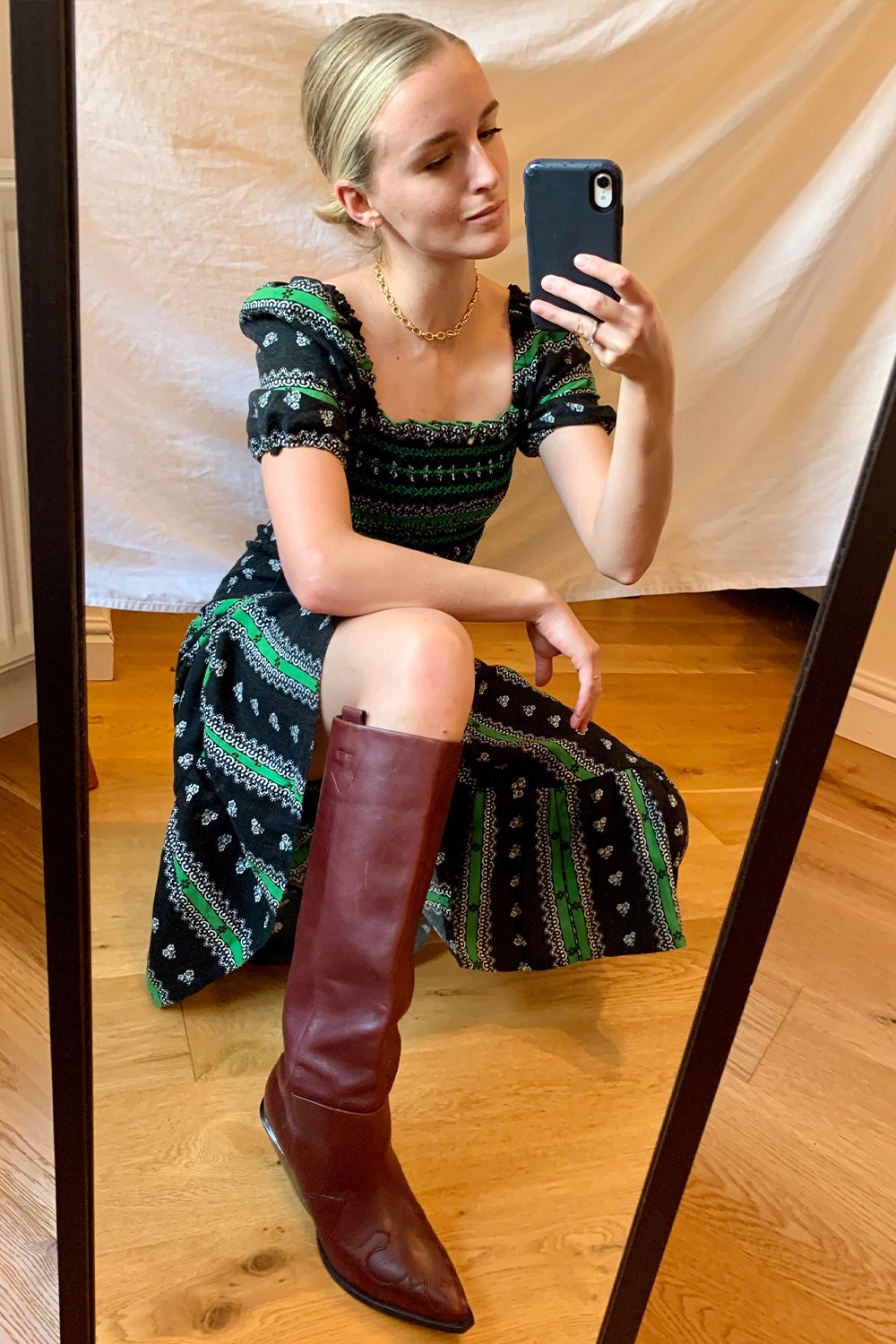


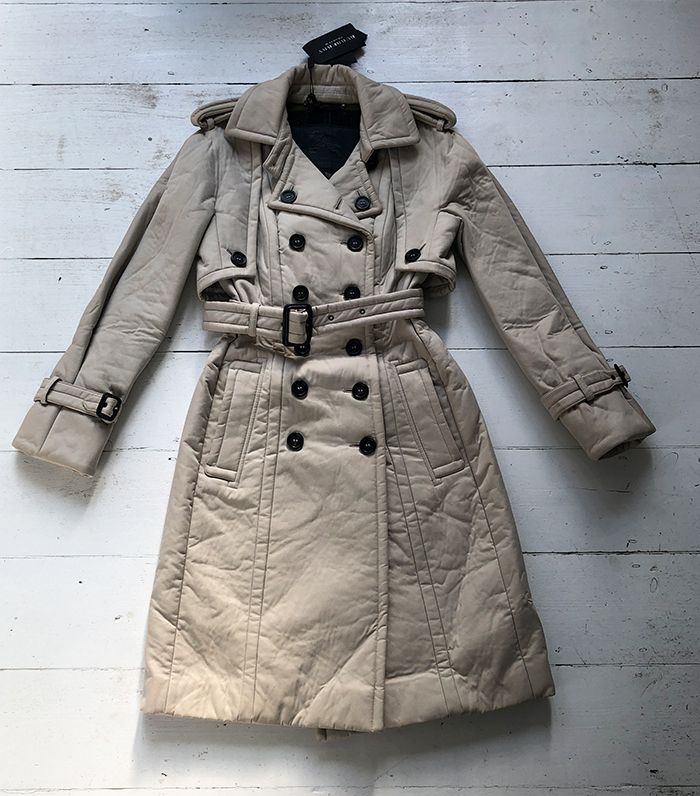
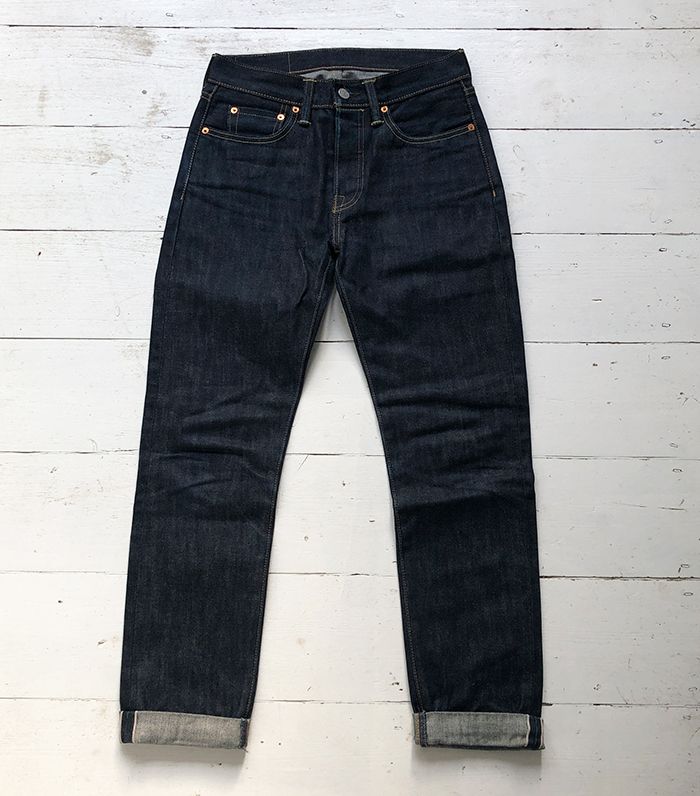

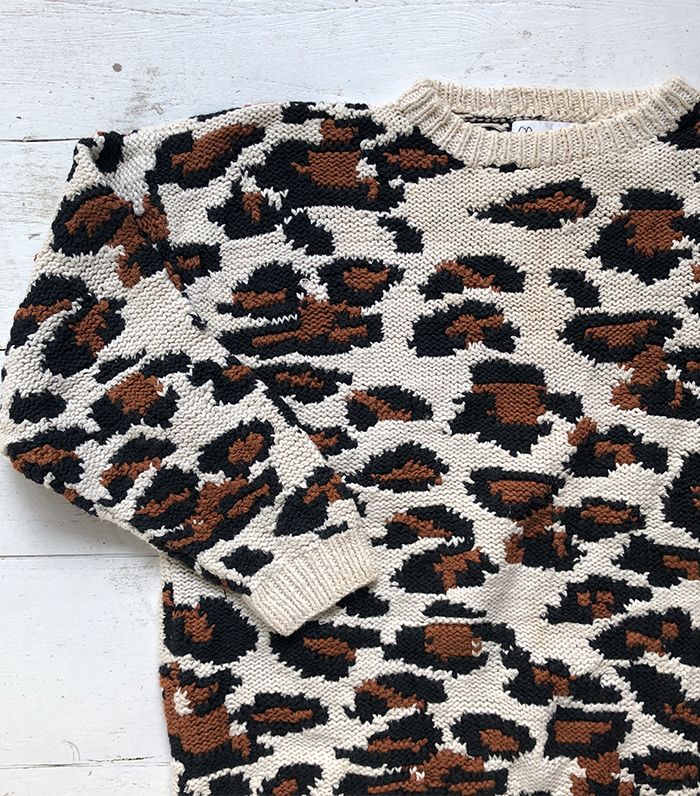
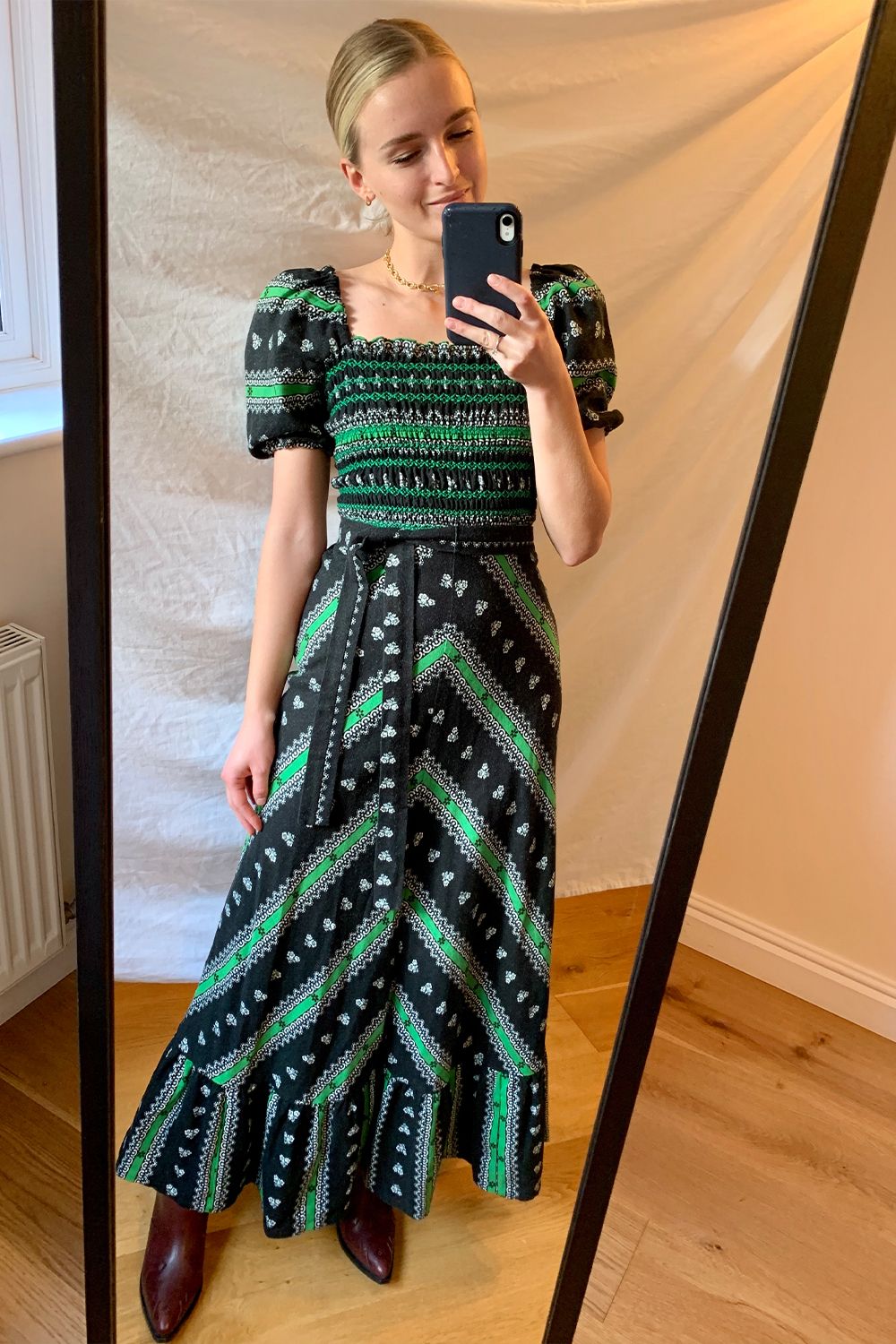

Up Next: This Vintage Collection Always Sell Out Instantly, and I Got a First Look


